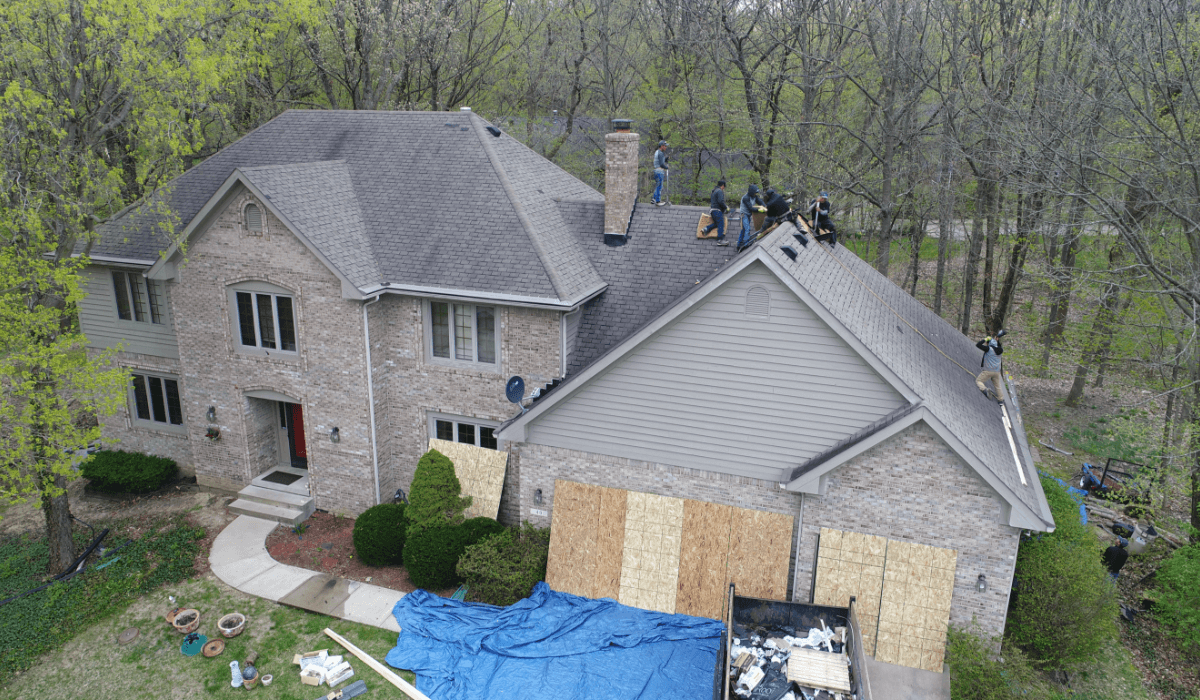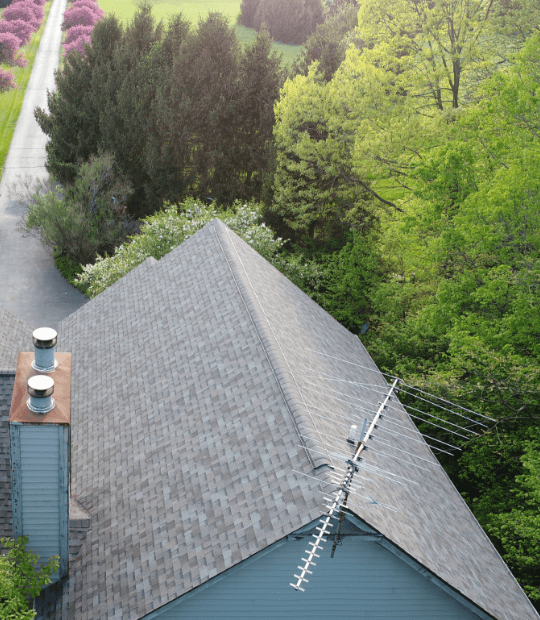A roof, often the first line of defense against the elements, withstands the brunt of nature's fury during storms. Regular inspections, especially after severe weather events, are crucial to ensuring its integrity and safeguarding your home. Understanding the importance of storm inspections and their key aspects can help homeowners proactively protect their roofs from damage.
Why Storm Inspections are Vital
- Identifying Damage: Storms, whether high winds, hail, or heavy rain, can cause various types of damage to roofs—shingle uplift, cracks, leaks, or even structural issues. Inspections after such events help identify damage early, preventing potential long-term problems.
- Insurance Claims: Timely inspections provide documentation of storm-related damage, facilitating smoother insurance claims if repairs or replacements are necessary. Proving the extent of damage through inspection reports can expedite the claims process.
- Preventing Further Damage: Prompt identification and repair of storm-induced damage prevent minor issues from escalating into major and costly repairs. It preserves the structural integrity of the roof and the entire home.
Key Aspects of Storm Inspections
- External Examination: A thorough external inspection involves examining the roof's surface for visible signs of damage—missing or damaged shingles, dents caused by hail, or debris accumulation. Checking for loose or displaced flashing, gutter damage, and signs of water pooling is also crucial.
- Interior Inspection: Examining the interior of the home for water stains, leaks, or dampness in the attic or ceiling indicates potential roof damage that might not be immediately visible from the outside.
- Professional Assessment: While homeowners can conduct initial inspections, engaging professional roofers for a comprehensive evaluation is advisable. Roofing experts possess the knowledge and experience to identify subtle signs of damage that untrained eyes might miss.
When to Conduct Storm Inspections
- After Severe Weather Events: Inspect the roof after severe storms, hurricanes, hailstorms, or heavy snowfall, as these events pose a higher risk of causing damage.
- Seasonal Inspections: Regularly scheduled seasonal inspections, especially before and after extreme weather seasons, such as winter or monsoon, can preemptively identify and address potential issues.
- During Home Purchases or Sales: Before buying or selling a home, conducting a professional roof inspection is prudent to understand the roof's condition and potential repair needs.
DIY Inspection Tips
- Safety First: If conducting an inspection personally, prioritize safety. Use proper safety equipment, such as a sturdy ladder and non-slip shoes, and avoid climbing onto the roof if unsure or uncomfortable.
- Visual Examination: Walk around the perimeter of the house and visually inspect the roof, checking for any obvious signs of damage or debris. Use binoculars to get a closer look at areas that are difficult to access.
- Attic Inspection: Check the attic for signs of water stains, dampness, or daylight peeping through the roof boards, indicating potential leaks.
The Importance of Professional Inspections
While DIY inspections offer a preliminary overview, engaging professional roofing services for a comprehensive assessment is highly recommended. Qualified roofers possess the expertise to detect underlying issues that may escape untrained eyes. Their assessments often include detailed reports and recommendations for repairs or replacements.
Post-Inspection Steps
- Documentation: Maintain records of inspection reports, photographs, and any repair or replacement invoices. These documents are crucial for insurance claims or future references.
- Repair or Maintenance: If damage is identified, address it promptly. Delaying repairs can exacerbate the problem and lead to more extensive—and costly—damage.
- Preventive Measures: Consider investing in preventive measures, such as regular maintenance, gutter cleaning, or installing impact-resistant materials, to fortify your roof against future storms.
Storm inspections are indispensable for maintaining a sturdy and resilient roof. Timely assessments, whether DIY or professional, play a pivotal role in preserving the integrity of the roof structure and protecting your home from weather-induced damage. By staying proactive and vigilant, homeowners can ensure their roofs remain a reliable shield against nature's forces.



